a visual essay on the past, present, and future of graffiti

The golden years
definitions from writers, looking back on the 70s - 90sGraffiti
/ grə-ˈfē-tē / n.
![]()
![]()
Tag
/ tag / n. or v.![]()
Bomb
/ bäm / n. or v.
/ grə-ˈfē-tē / n.
1. “an urban traditional folk art...it's never been about a single artist in the room devising ideologies and theories about the state of mankind in the world. It's more of a communal thing where friends get together, and we paint and we help each other out.”
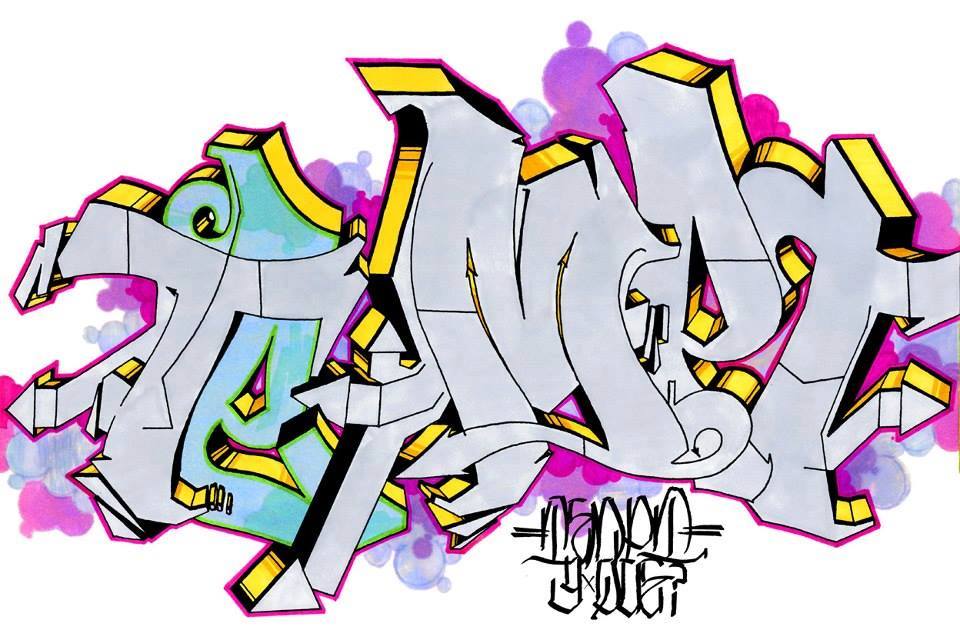
-Tempt, Los Angeles1
2. “it’s a part of a bigger revolution, a big youth revolution that’s going on all over the world. The only means of communicating nowadays that’s accessible to the youth is that spray-can or marker”

Nuke, Los Angeles1
/ tag / n. or v.
1. “a tag is a signature used with a Pilot, mean streak or thin or fat cap connected to some Krylon. A fat cap is best so your tag is most seen”

-Chaka Jenkins, Minneapolis2
2. “tagging marks come from the need of our youth to see a ‘self’ identity in marks recognized by their peers [to get up]. The youth culture swims in an environment where the value of celebrity status can be seen.”
-Sandra Rowe, Los Angeles3
3. (on advertising) “All that is visual pollution - ‘our product is the best, you’ll be better looking, you’ll get the best girl...’ and that to me is more of a nuisance, more aggressive, than seeing a tag”4
/ bäm / n. or v.
1. “Tags and throwups are used to bomb public space - to saturate a local with a name and thereby establish a reputation as a commited writer”
-Joe Austin, Minnesota5
2. “There is a lot of things I see that I think are offensive in my streets...a lot of big ugly buildings get built, and they dominate the skyline.”4
3. “No one asked for my grafitti, and no one asked for your damn wall”
- Mear One, Los Angeles4

2000s: an inflection point

“Graffiti on canvas - that’s the end of graffiti.”
![]()
-Lokiss, France4
(now a gallery artist)
![]()
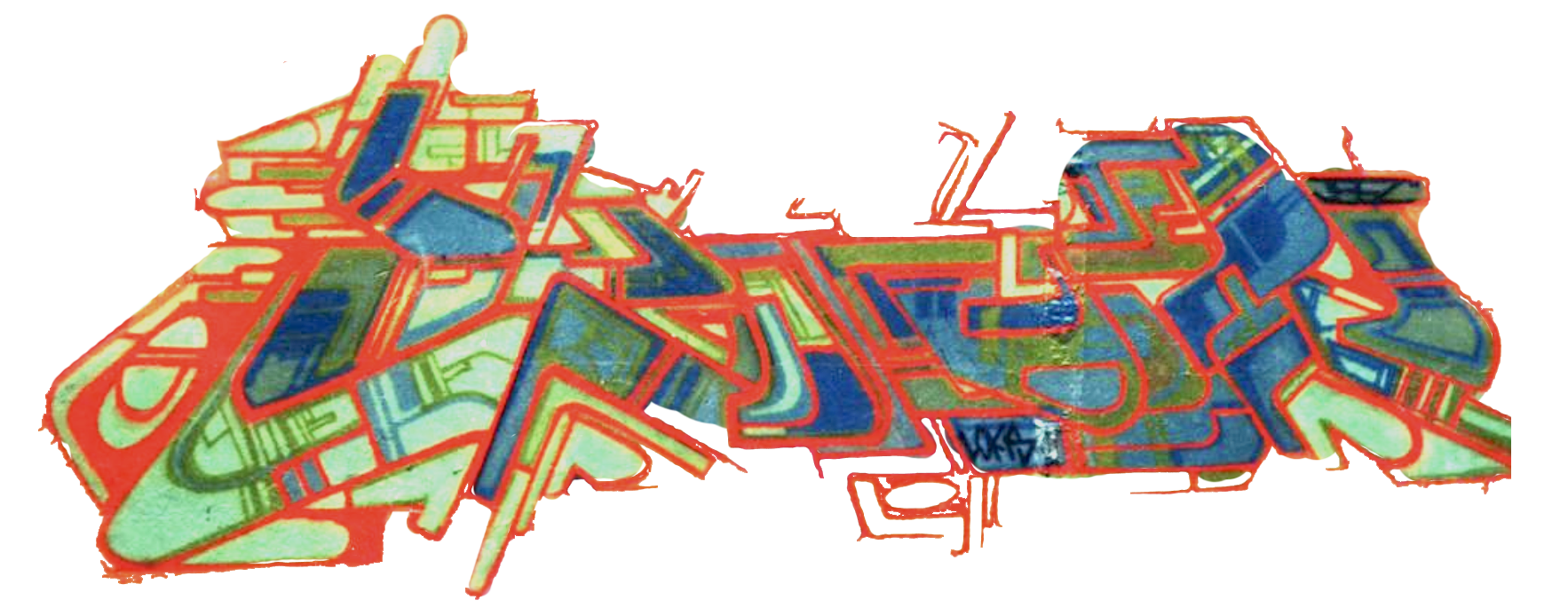
-Lokiss, France4
(now a gallery artist)

NOW (2021)
The tensions of Philly’s Graffiti Pier




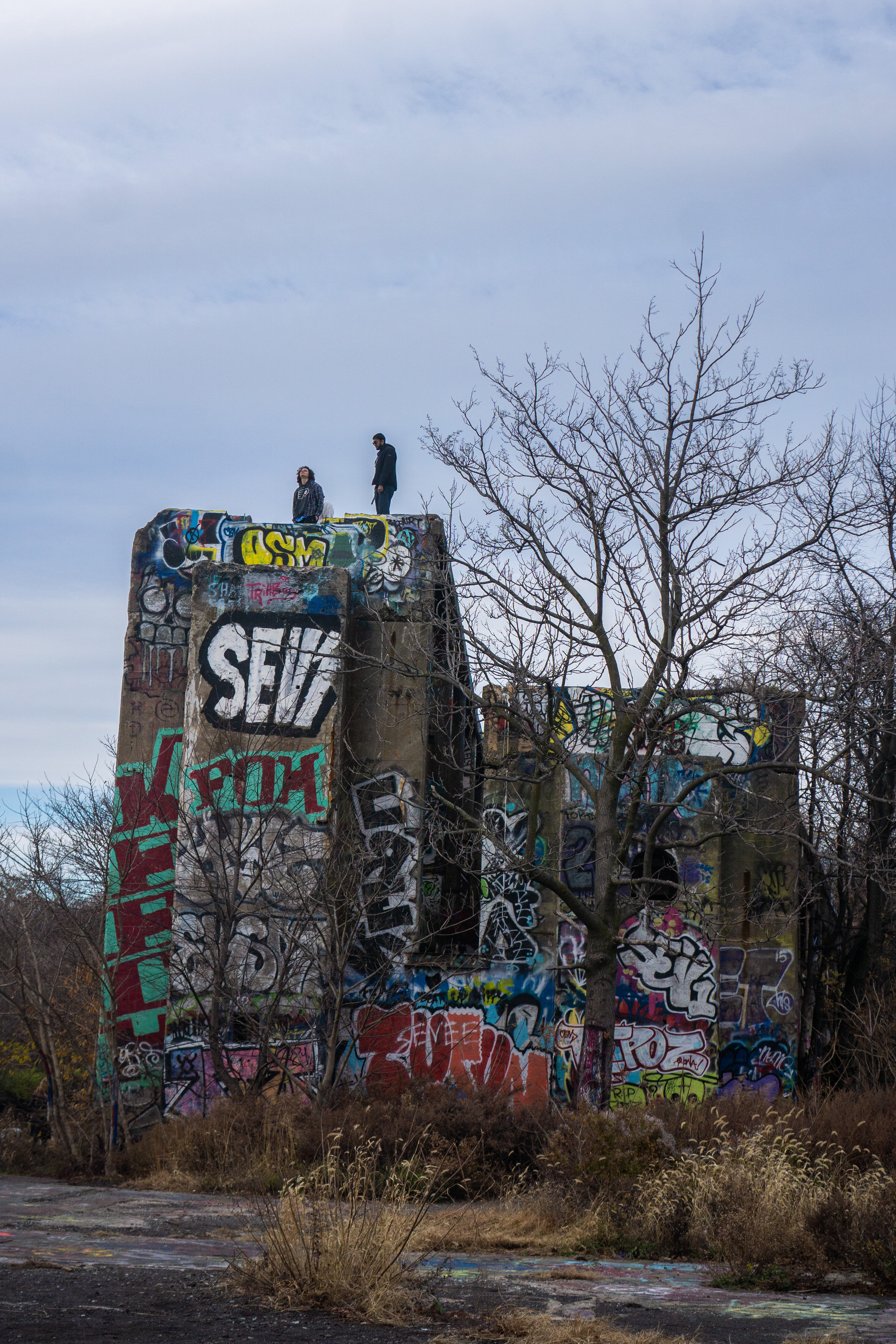


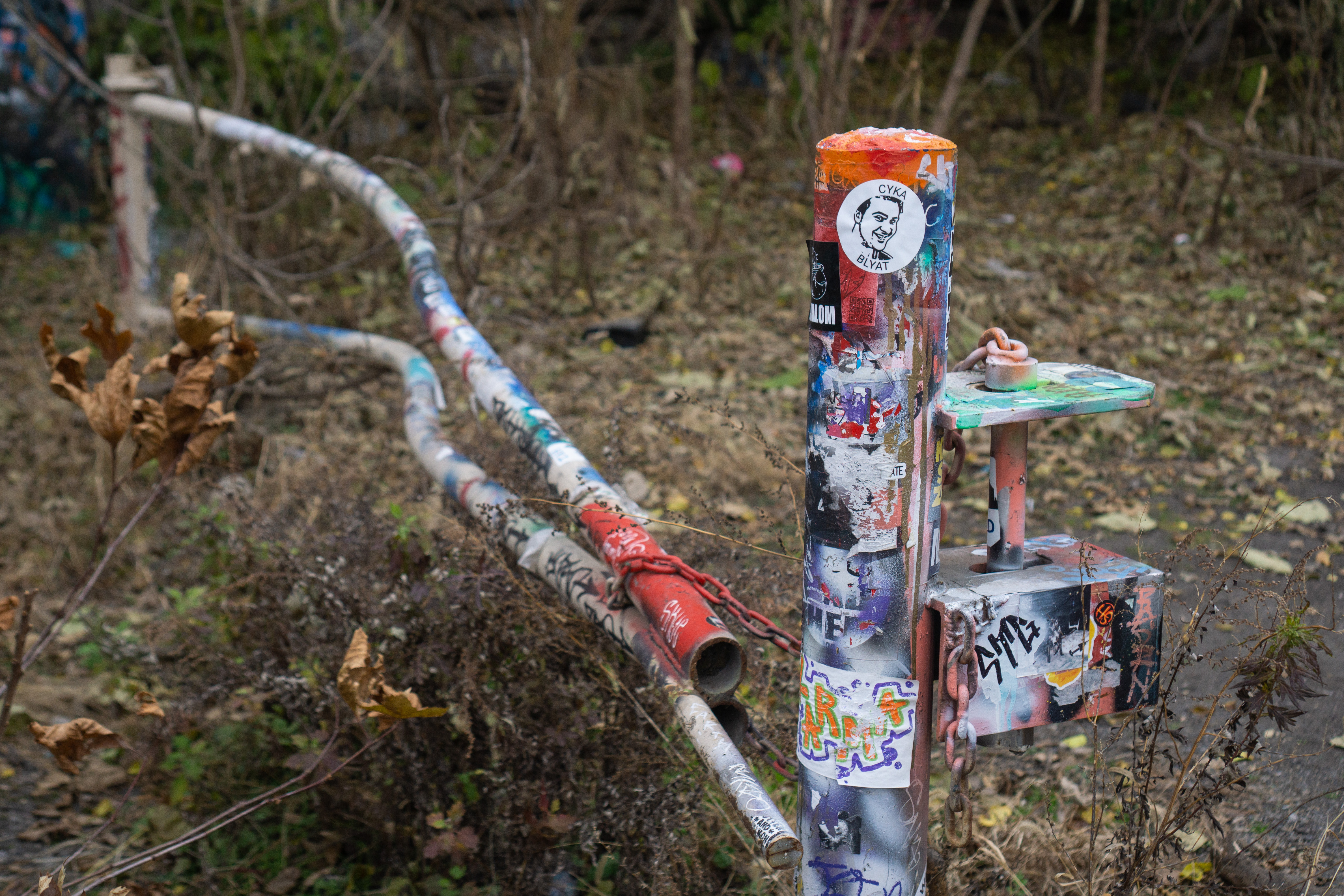
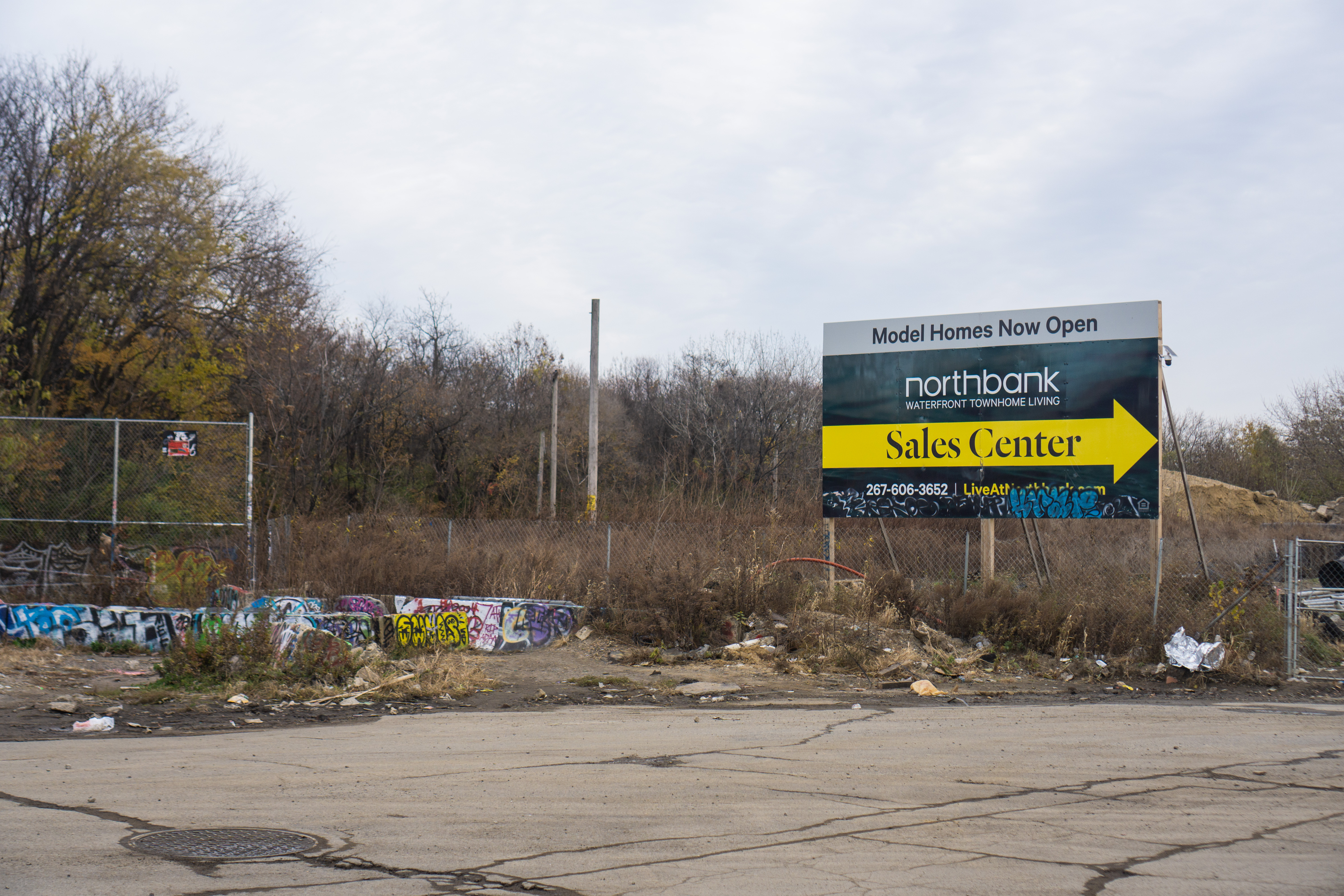

the future
remixing digital public spaces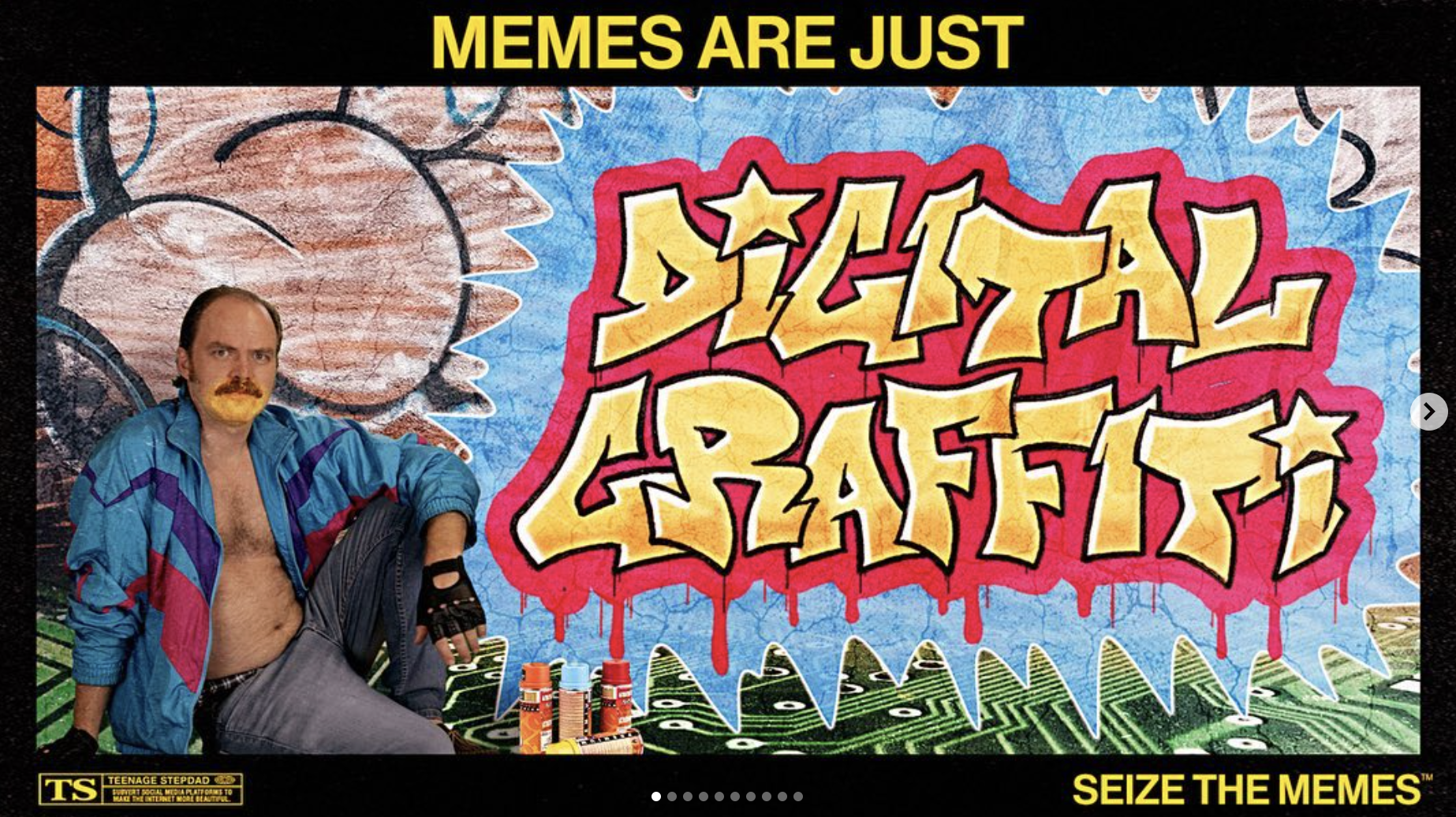
“meme art, like graffiti art before it, is a way for poor and working class creators to hijack networks through sheer artistic brute force, spreading their voices far beyond their neighborhoods and making those networks more beautiful and interesting in the process.“
-@teenagestepdad

“the whole art form is based on lettering (images). You know on jazz, they took jazz and broke it from it’s classsical form... we did the same thing with letters (images). We took the basic alphabet (format) and stretched it”4
“The resulting design may not be recognizable as a name (meme) to outside observers, and the letters themselves may unreadably abstracted. Whether the name (meme) is readable or abstract is a point of aesthetic debate among writers (memers)...but like a signature, the design of each name (meme) is unqiue and immediately recognizable to other writers (memers).”
-Joe Austin, Minneapolis5

Sources
1. Duke, Skept, Nuke, & Tempt. (1995). Notes From the Other Side: A Dialogue in the SPARC Gallery, Los Angeles. Public Art Review, 6(2).
2. Jenkins, C. (1995). As the sun sets, we rise: the life and times of a graffiti artist. Public Art Review, 6(2).
3. Geer, S., & Rowe, S. (1995). Thoughts on Graffiti as Public Art. Public Art Review, 6(2).
4. Wares, T., Levy-Hinte, J., & Christensen, K. (2007). Bomb It. United States; Antidote Films.
5. Austin, J. (1995). The Name and the City: Writing as an Illegal Art. Public Art Review, 6(2).
2. Jenkins, C. (1995). As the sun sets, we rise: the life and times of a graffiti artist. Public Art Review, 6(2).
3. Geer, S., & Rowe, S. (1995). Thoughts on Graffiti as Public Art. Public Art Review, 6(2).
4. Wares, T., Levy-Hinte, J., & Christensen, K. (2007). Bomb It. United States; Antidote Films.
5. Austin, J. (1995). The Name and the City: Writing as an Illegal Art. Public Art Review, 6(2).



